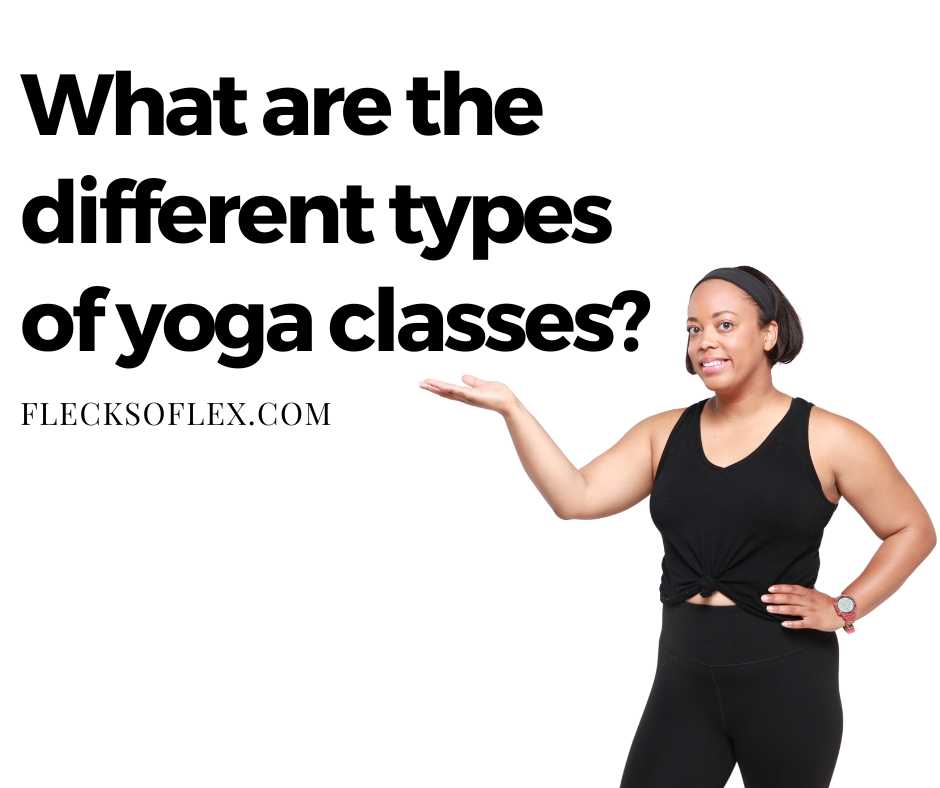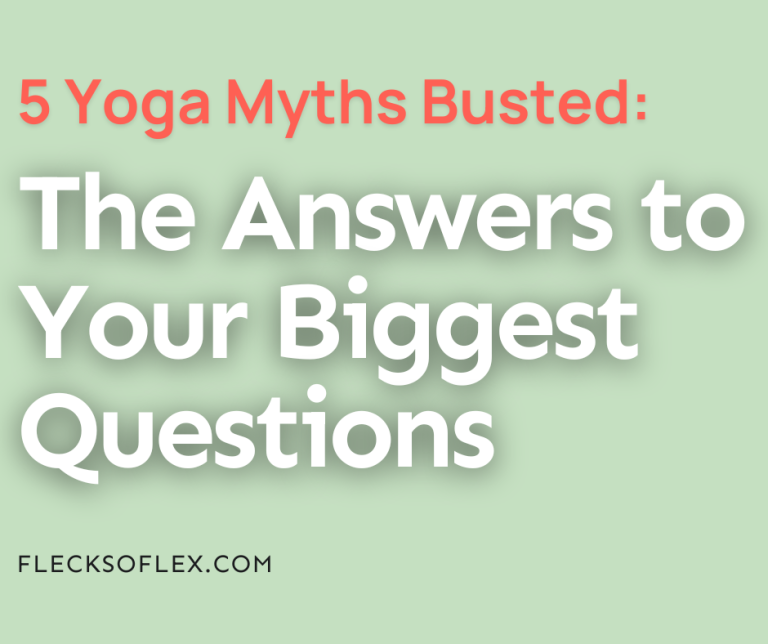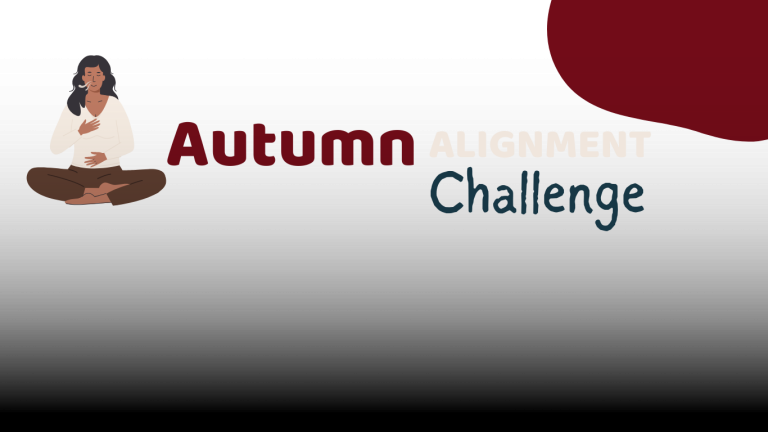What are the different types of yoga classes?
Discover different types of yoga, from Vinyasa & Hatha to Ashtanga & more. Find the perfect style to suit your fitness goals & preferences.
If you are looking to start your yoga practice (why is it called practice and not “doing yoga”?), you may be starting at a fitness club, community center, or studio that has a class schedule. You take a look at the class schedule, and you cannot wrap your head around the words on the page. What’s the difference between Hatha and Vinyasa? How about the difference between Yin and Restorative? If you’re left scratching your head or deep in a Google rabbit hole, you’ve landed in the right place: I’m here to help demystify the yoga class schedule!
Before we dive in, a little bit of housekeeping: I have my RYT 500 credential through Yoga Alliance and have been practicing yoga for about 20 years. I teach classes in the in-person as well as online (you can find videos on my YouTube channel). TL;DR Between my personal practice and teaching, I have experienced many different types of yoga classes.
Note: I have included YouTube videos of yoga classes under different styles where relevant.
I’ve included a table of contents below so you can jump to specific styles if you already know what you’re looking for, showing all the different types of yoga included in this post. The styles are divided into two: yin and yang styles of yoga.
YIN YOGA STYLES
Yin styles of yoga tend to be slower, gentler, and sometimes silent.
Some people find these practices to be more challenging because they require you to sit with yourself/your thoughts more than a more athletic practice.
Note that Yin is also the name of a yoga style, but there’s more information on that below.
YANG YOGA STYLES
Yang styles are the sun to yin’s moon.
These styles tend to focus more on yoga asana (poses/postures), and some are more athletic and/or fitness-based.
Yang styles aren’t always fast-paced as many assume; some styles require you to hold postures for longer than some gentle flow classes, though not as long as restorative yoga.
If you have no idea where to start… jump down to the bottom of this page, and you’ll find an infographic that can help you choose your own yoga adventure!
Now, let’s dive in!

Disclaimer: Always consult with a qualified healthcare professional before starting any new health or fitness program, especially if you have any pre-existing medical conditions, are pregnant, or are breastfeeding.
What are the different types of yoga classes?
Yin Styles
Reminder: Yin styles of yoga tend to be slower, gentler, and sometimes silent. Some people find these practices to be more challenging because they require you to sit with yourself/your thoughts more than a more athletic practice. Note that Yin is also the name of a yoga style, which is explained below.
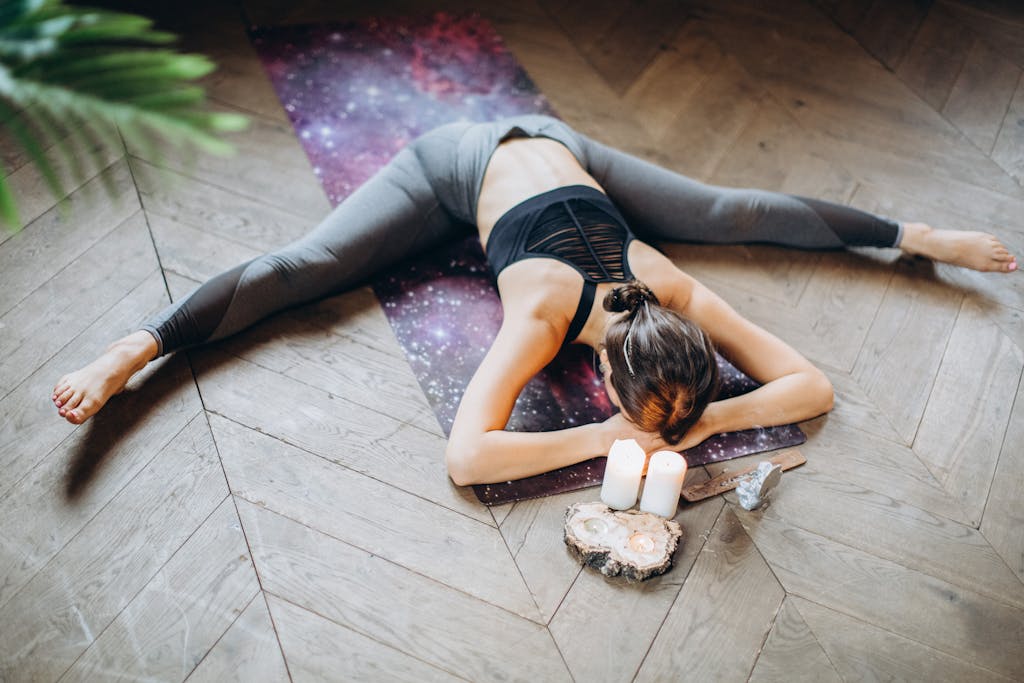
Yin Yoga
Yin Yoga helps with fascial release by compressing ligaments and joints. Practitioners hold in poses for several minutes and typically use props (i.e. blocks, blankets, straps, bolsters, foam rollers, etc.). In Yin Yoga, practitioners should feel sensation, but it shouldn’t be overwhelming.
Poses in this practice are normally performed while seated or lying down. While many of the poses are similar to those practiced in yang styles of yoga, they often have different names. For example, cobra pose is called seal pose in Yin Yoga. Guided meditation and breathwork may be incorporated into this practice.
This practice should be done cold, meaning you should not do it immediately following exercise. The early morning and the late evening tend to be the best times of day for this practice.
Note: Some yin/yang yoga classes are part restorative yoga, part vinyasa (see below), versus yin in the sense of this specific style addressed above. Make sure you check beforehand so you can understand the format of the class.
Restorative Yoga
While Yin Yoga is focused on joints, bones, and ligaments, Restorative Yoga focuses on releasing tension in the muscles. This style is typically practiced in silence or with quiet, meditation music.
Poses are held for at least 10 minutes, meaning that you will likely only perform a few poses during this practice. Props are utilized for passive stretching, support, and comfort. Some practitioners use eye masks during this practice. When entering a Restorative Yoga pose, it may feel like a very subtle stretch, however, the stretch may deepen the longer you hold the pose. There are no standing poses in Restorative Yoga.
This style can be practiced warm or cold.
Join me in person for a restorative yoga class!
Fridays, 5:30 – 6:45 pm, Onelife Pike&Rose. Not a Onelife member? You can sign up on the website for a free 3-day pass, or send me an email or comment on this post.
Yoga Nidra
This is often referred to as the yoga of sleep, or conscious yogic sleep, and is reminiscent of a guided meditation. Traditionally, movement occurs before the meditative portion, but not all classes “in the wild” include movement. There is a lot of research on Yoga Nidra, and it’s often used to treat insomnia, PTSD, and various medical conditions.
Instructors may read from a script during this practice. What’s interesting is that you can listen to the same script over and over again, but have a different experience each time. There is usually some visualization, breathwork, and body scanning happening in a Yoga Nidra class, but not always.
It’s not unusual to fall asleep when practicing this style of yoga, especially when you’re new to this practice.
This style can be practiced warm or cold.
Gentle Yoga
This is a slower, gentler asana (the physical pose) practice, as the name reveals. You may very well stand in this practice, but you will likely spend more time in seated or lying down (prone or supine) poses. Restorative poses are common, but you won’t hold them nearly as long as you would in a Restorative Yoga class. Sun salutations (specific sequences of poses whose purpose is to energize your body and steady the mind – think of it as a warm-up during yang practices) are modified or excluded altogether. Deeper stretching is common here.
Props may be used during this practice, but not necessarily. Gentle Yoga can be practiced warm or cold.
Join me in person for a gentle yoga class!
Saturdays, 10:15 – 10:55 am, Onelife Rockville. Not a Onelife member? You can sign up on the website for a free 3-day pass, or send me an email or comment on this post.
Kundalini Yoga
I feel compelled to lead with this caveat: There is quite a bit of controversy surrounding this style, especially now, following the release of the HBO documentary series Breath of Fire documentary. (It’s a really fascinating watch if you haven’t seen it already. Please be warned that there is some significant discussion of sexual assault and abuse.)
It’s also important to note that Kundalini Yoga is an old practice of yoga, and the style of Kundalini that’s discussed in the documentary – popularized by Yogi Bhajan – is not the form I’m highlighting here. I suggest conducting research before finding a place to practice to make sure it’s aligned with your values.
There are many elements of perhaps more familiar yoga practices For example, this style of yoga includes chanting, meditation, breathwork, mudras, and asana (poses).
Yang Styles
Reminder: Yang styles are the sun to yin’s moon. These styles tend to focus more on yoga asana (poses/postures), and some are more athletic and/or fitness-based. Yang styles aren’t always fast-paced as many assume; some styles require you to hold postures for longer than some gentle flow classes, though not as long as restorative yoga.
Power Yoga
There is no official definition of Power Yoga, but, there are many styles. Some are fast-paced, while others hold challenging poses for longer. Core work is common here, and don’t be surprised to find pushups, extra lunges, and squats in this class style.
Power Yoga class is generally a flow-style class where you match your breath with your movement. Power Yoga classes can feel more like fitness classes than yoga classes depending on how many movements that aren’t yoga-specific get incorporated into the practice.
Ashtanga
Ashtanga Yoga follows a specific pose order every single time, called a series. They have six different series, with the Primary Series being the first. It can take a long to memorize the order of the poses in the Primary Series, and even longer to feel like you’re ready to add another series. Of all the styles of yoga I’ve practiced over two decades, I’ve found Ashtanga to be the most challenging, physically and mentally. It can be a very athletic style, requiring significant core strength and endurance.
Ashtanga Yoga is typically practiced at a yoga shala. My first time walking into a shala, I immediately noticed that it didn’t feel like any other yoga studio I’ve visited. There was no music and no frills. You could see people practicing at different points in the Primary Series, and you could hear everyone breathing. The teacher walked around the room and made adjustments to the students, while also helping out if we forgot part of the series.
Look for Mysore/Ashtanga on a class schedule, though I have never seen these advertised outside of a yoga shala or the rare yoga studio. You may try a guided/led Primary Series for your first time, or, if you’re feeling a little intimidated/nervous, you can always try it at home first. I’m linking a Full Primary Series practice with Laruga Glaser below.
The yoga studio where I teach and have been practicing for a decade, extendYoga, offers a led Half Primary Series on Tuesday and Thursday mornings. Danielle is fantastic and has helped me a lot with understanding this practice.
Hatha
Hatha is often viewed as a slower version of vinyasa, but any flow class is technically a style of Hatha. I find it’s easiest to think about Hatha as the umbrella for all your flowy classes, including Power Yoga as you would see it out in the real world and the world wide web. Check out the section on Vinyasa Yoga for another style of Hatha class.
In a Hatha class, you will focus on matching your breath to the physical poses (asanas). Most of the Hatha classes I’ve taken – and taught – focus on alignment rather than speed. Some teachers play no music, some opt for more meditative music, and some might even play contemporary music.
If you’re interested in learning more about Hatha Yoga, I recommend reading the Hatha Yoga Pradipika.
Vinyasa
The Sanskrit word “vinyasa” means “to place in a special way,” which many translate as connecting breath with movement. Think, “inhale, lift your foot, exhale, lower your foot.” This can be confusing because you may have heard that you should “take a vinyasa” repeatedly throughout class.
The vinyasa you may “take” usually includes the following poses: Chaturanga, cobra or upward-facing dog, and downward-facing dog. The Vinyasa class you take is most likely to include many vinyasas. I know. Not only are there different types of yoga classes, but there are also different types of Vinyasa classes…
Vinyasa classes (sometimes alternatively referred to as Yoga Flow classes) are the most common I see on schedules and out in the community. They are sometimes referred to by a “level” if you’re in a yoga studio, but I mostly see them as all-level classes. Being at a higher “level” doesn’t really mean that someone is more flexible than you or “better” at yoga – which isn’t possible because we’re all practicing! It really means that they have some experience, and probably know the names of the most commonly-practiced poses in a Vinyasa class. However, I’ve taught classes above Level 1 where there were people of all experience levels.
TL;DR: If you don’t know where to start with your yang yoga practice, look for a Vinyasa class. If the instructor doesn’t cue alignment and/or offer modifications, I recommend skipping it. As a beginner, you want to be guided by someone who can help guide you safely through your practice and who recognizes that all bodies are not the same. Remember, when you come to class, it’s all about your yoga practice – not the instructor’s.
Iyengar
Founded by B.K.S. Iyengar, this style focuses on asana (poses), utilizing props (sometimes including a rope wall) to aid with precise alignment in each pose.
According to the Iyengar Yoga National Association of the United States, “The system of yoga known as ‘Iyengar Yoga’ was created and developed over 75 years ago by Yogacharya B.K.S. Iyengar.
“Iyengar Yoga is accessible for all ages and all body types. Its focus on precision, timing, sequencing, and the use of props helps the practitioner develop awareness in any asana.”
I performed a quick search on their website and received tons of hits for local classes. You can find local Iyengar classes near you by searching here.
Other Different Types of Yoga Classes
I didn’t include every style yoga class that’s ever existed because, well… ain’t nobody got time fo’ dat! Aerial, Trap, Puppy, Stoner, and Hot Yoga (most of the different types of yoga classes listed in this article can be done in a warm room as a hot yoga class…) classes are some that you see on schedules, among others. Nonetheless, you have a lot of different types of yoga classes explained here which should give you a good starting point – and maybe a lot of homework and Googling!
Looking for leggings for your yang yoga practice? Check out my post, The Ultimate Guide to Yoga Leggings.
What type of yoga should I practice if…

I get this question often, and the answer is usually a yin style. Feeling sore after leg day? Restorative Yoga. Joint pain? Yin Yoga. You may be surprised to find that yin styles help with flexibility and mobility, which in turn help build strength.
If most of your day is spent in a more yang, high-stress/energy state, a yin practice in the evening can help bring more balance to your day. I hear from folks in my classes that they want a yang style of practice, and it’s probably not a surprise to hear that more Type-A personality types often seek out these styles. Yes, Ashtanga can be very physically challenging, but sitting in silence for an hour or longer in Restorative Yoga can be mentally and emotionally challenging if you have trouble slowing down.
All of this is to say, just like with fitness classes, there are many different types of yoga classes, and I would encourage you to explore different styles until you determine which styles best suit you and your lifestyle. As you begin your yoga journey, remember to grant yourself grace, listen to your body, and remember that we’re all still practicing yoga.
Choose Your Yoga Style
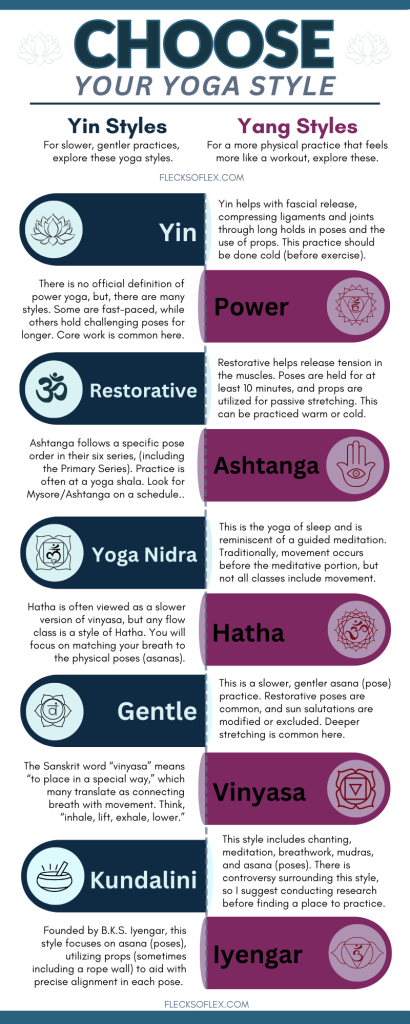
If you want to share your favorite style of yoga class, please add it in the comments on this post! Let me know if you tried a new style because of this post!
